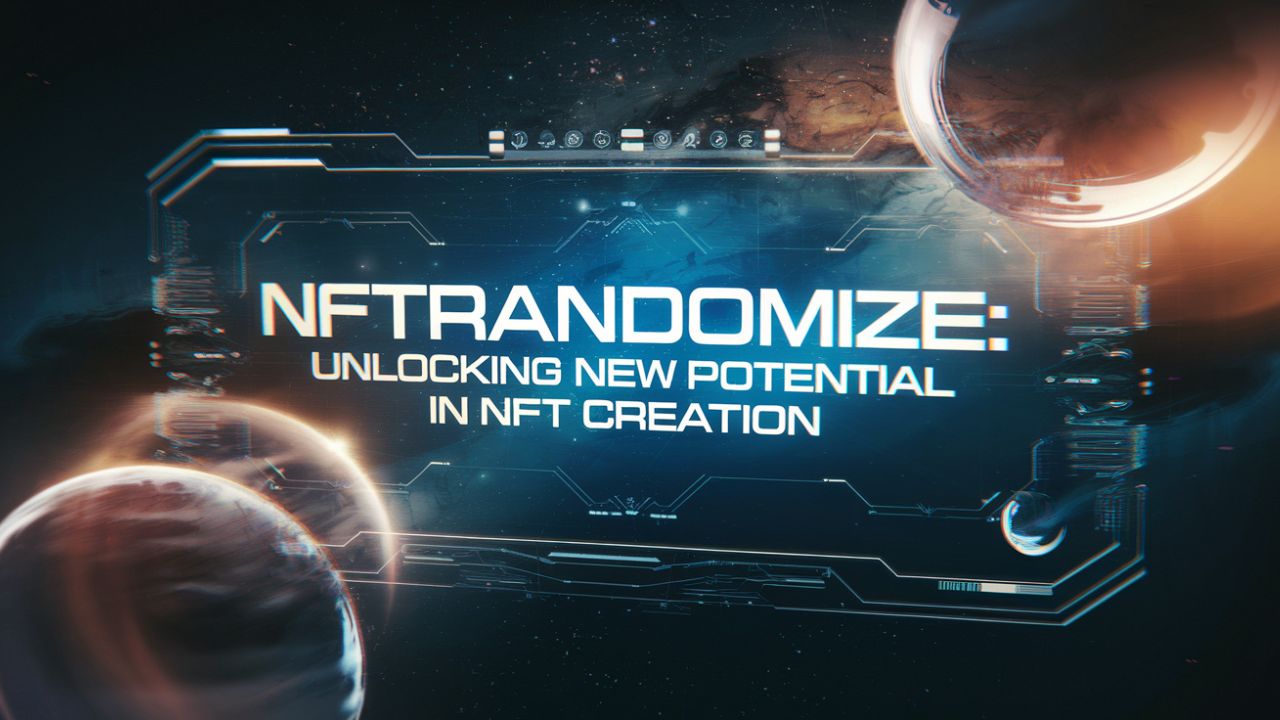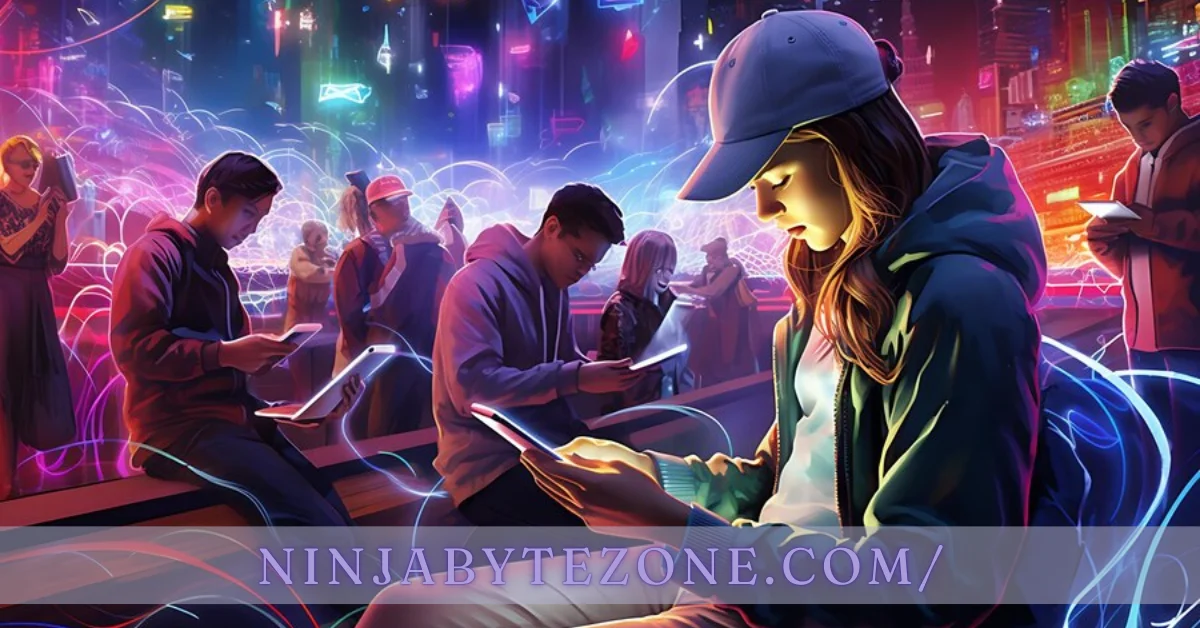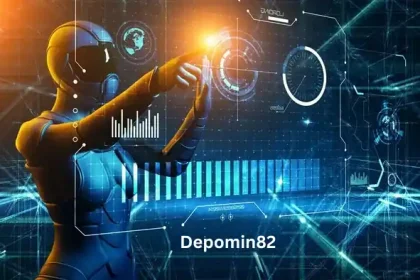NFTs, or non-fungible tokens, have become a cornerstone of digital ownership, revolutionizing how art, collectibles, and digital assets are bought, sold, and traded. As NFTs continue to evolve, creators and developers constantly seek new ways to make unique assets that stand out in the digital marketplace. One such innovation is NFTRandomize, an approach that adds randomness to the creation process, providing an exciting layer of variability and uniqueness to NFTs.
What is NFTRandomize?
NFTRandomize is a concept and toolset for adding randomized traits, attributes, and characteristics to NFTs during the creation process. Randomization in NFTs allows each token to have distinct features, even within a single collection. This can increase the value and appeal of each NFT, as collectors prize unique combinations. While some NFTs are directly designed with specific traits by the creator, NFTRandomize introduces randomness, making each item in a collection unpredictable and, therefore, even more exclusive.
How NFTRandomize Works
At its core, NFTRandomize uses randomization algorithms to generate unique digital assets. Here’s a breakdown of how the process typically works:
- Trait Definition: Artists and creators define possible traits, such as color, size, patterns, or backgrounds, which will serve as variables in the randomization process.
- Algorithmic Randomization: A code-based algorithm assigns each trait randomly during the creation of each NFT. This can involve probabilities or conditions, so certain rare traits appear less frequently.
- Minting Process: When an NFT is minted, the randomization algorithm is activated, producing a unique asset. The result is an NFT with a distinct set of features, randomly generated from the predefined set of traits.
The combination of these steps makes NFTRandomize a compelling method for creating digital assets. This process ensures that even with a limited trait pool, countless unique NFTs can be generated.
Key Benefits of NFTRandomize
Randomization in NFTs introduces several benefits that enhance both the creator and collector experiences:
- Enhanced Rarity and Value: Each NFT gains a distinct identity, making some traits rarer than others. Collectors often value rarity, making randomized NFTs more appealing.
- Diverse Collections: Instead of producing identical items in a series, NFTRandomize allows for a diverse range of unique NFTs, each with different attributes. This diversity can create a more vibrant community around the collection.
- Engagement and Excitement: Collectors enjoy the anticipation of minting an NFT and discovering its traits, creating a “reveal” moment that adds excitement.
- Efficient Production: Randomized NFTs can be created quickly through automated processes, allowing creators to produce large collections with minimal manual input.
Technical Foundation of NFTRandomize
NFTRandomize requires an understanding of coding, blockchain technology, and the implementation of randomness in a decentralized environment. Here are some key elements involved in building an NFTRandomize system:
- Smart Contracts: Most NFT platforms, including Ethereum, Solana, and Polygon, allow developers to write smart contracts to create NFTs. Smart contracts are essential for setting the rules and algorithms that govern randomization.
- Random Number Generation (RNG): RNG is the heart of NFTRandomize. It ensures that traits are assigned without predictability, which adds value and fairness to the randomization. Since blockchain-based RNG can be challenging due to its deterministic nature, developers often employ third-party tools like Chainlink’s VRF (Verifiable Random Function) for more secure and unbiased randomization.
- Decentralized Storage: For assets created through NFTRandomize, data storage solutions like IPFS (InterPlanetary File System) or Arweave are commonly used. These systems ensure that the randomized images or data remain accessible and tamper-proof.
Real-World Applications of NFTRandomize
Several successful NFT projects have used randomization to create unique collections that capture the attention of collectors. Here are some popular examples that demonstrate the potential of NFTRandomize:
- CryptoPunks: As one of the first NFT projects, CryptoPunks utilized random traits to create a set of 10,000 unique characters. Each Punk has its own combination of traits like hats, glasses, and hair styles, making them highly sought after.
- Bored Ape Yacht Club (BAYC): Bored Apes employ a randomization process to create unique avatars with different traits, including backgrounds, fur color, and accessories. This randomization has contributed significantly to the project’s popularity and value.
- World of Women (WoW): This NFT collection celebrates diversity and inclusion through randomized attributes, ensuring that each avatar is unique and promotes positive representation.
The Challenges of NFTRandomize
Despite its advantages, NFTRandomize presents some technical and creative challenges:
- Ensuring Fair Randomization: True randomness is difficult to achieve on the blockchain due to its deterministic nature. Some platforms use external random number generators, but these add complexity and potential security risks.
- Maintaining Artistic Integrity: For creators, achieving a balance between randomization and visual appeal can be challenging. Some traits may combine in unintended ways, leading to NFTs that look less polished or aesthetically pleasing.
- Scalability: Large-scale randomization can require extensive computational power and storage, especially for high-resolution artwork or assets with numerous traits.
Impact of NFTRandomize on NFT Ecosystems
The rise of NFTRandomize has had several impacts on the NFT landscape, influencing both market dynamics and collector behavior:
- Increased Accessibility for Creators: NFTRandomize has lowered the barrier to entry for artists and creators who want to produce extensive collections. By using automated generation, creators can focus on defining traits rather than designing each NFT individually.
- Rise of Collectible Communities: Randomized NFT collections foster community-building. Collectors often feel a sense of belonging and exclusivity within a collection’s community, especially when their NFTs possess rare traits.
- Market Differentiation: NFTRandomize has become a key differentiator for new projects. With randomization, collections can maintain uniqueness even within larger groups, standing out in a crowded marketplace.
The Future of NFTRandomize
The future of NFTRandomize is bright as more projects and platforms adopt the technology. Upcoming trends and developments in the space may include:
- AI-Driven Randomization: Incorporating AI algorithms could add a new level of sophistication to NFTRandomize, potentially enabling NFTs to evolve or generate unique interactions based on holder activity.
- Interactive NFTs: Some projects are exploring interactive features that allow owners to modify or influence traits. For instance, an NFT’s appearance could change over time based on certain conditions.
- Enhanced Security in Randomization: With the advancement of blockchain technology, more secure methods for generating randomness will likely be developed, allowing NFTRandomize to be even more reliable and tamper-proof.
Conclusion
NFTRandomize represents a groundbreaking approach in the NFT industry, offering a powerful way to create unique, collectible assets that appeal to diverse audiences. By leveraging randomization, creators can produce expansive collections that combine rarity, individuality, and value. This concept has already been instrumental in shaping some of the most popular NFT projects and will continue to drive innovation in digital asset creation. As the technology behind NFTRandomize evolves, it will undoubtedly unlock new possibilities for artists, developers, and collectors alike, solidifying its role as a cornerstone of the NFT world.







